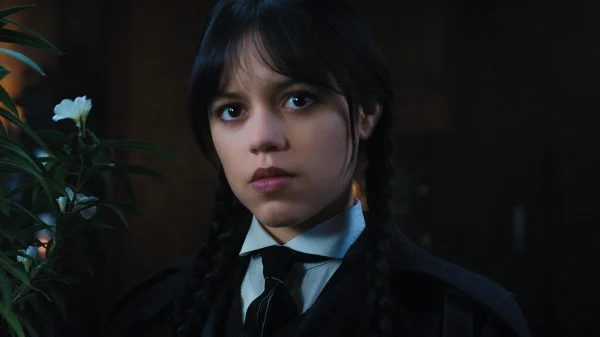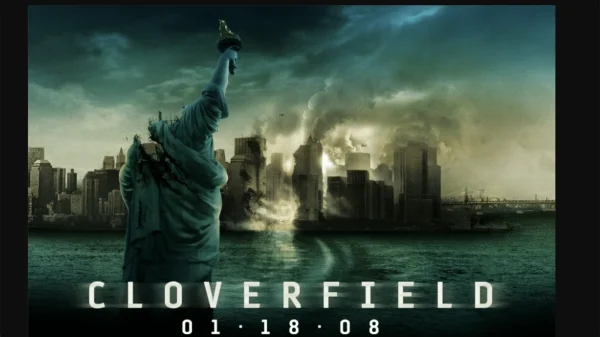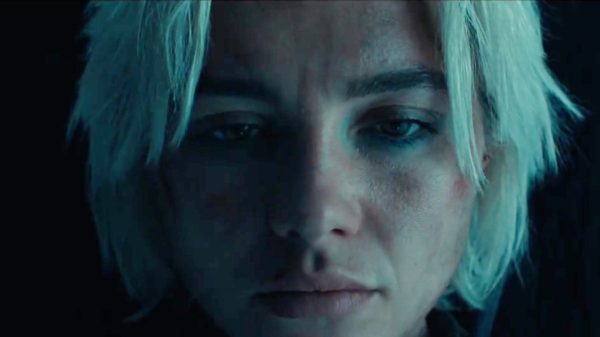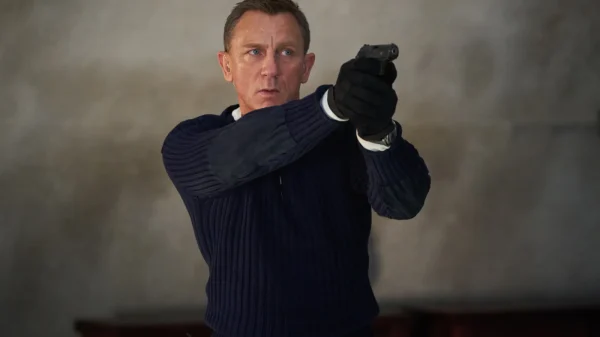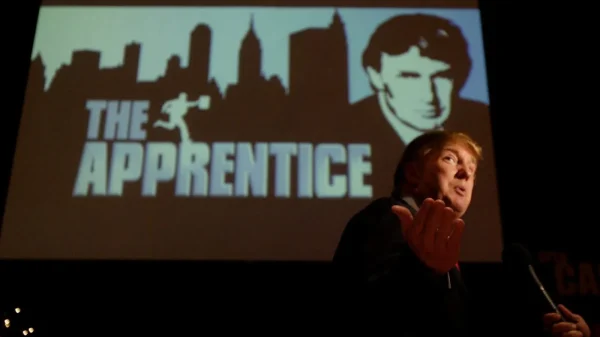The 1982 film The Slumber Party Massacre is a standout in the slasher genre, boasting a unique blend of elements that deviate from thetypical slasher fare. The film’s antagonist, Russ Thorn, is a middle-aged man with crazed eyes who wields a massive power drill with a three-foot long sword-like bit. Thorn’s weapon of choice is a departure from the standard knife or machete used by most slasher villains, making him a more formidable and menacing figure.
The film’s director, Amy Holden Jones, and writer, Rita Mae Brown, bring a female perspective to the slasher genre, exploring themes of the male gaze and sexual dynamics. Thorn’s obsession with the female teenagers is a central theme, with scenes that blur the lines between sexual attraction and violence. This approach adds a layer of complexity to the film, making it more than just a mindless slasher film.
The film’s score and sound design are noteworthy, amplifying the tension and unease as Thorn stalks his prey. The film’s iconic poster, featuring Thorn towering over a female victim, reinforces the theme of the male gaze and Thorn’s twisted perception of the world.
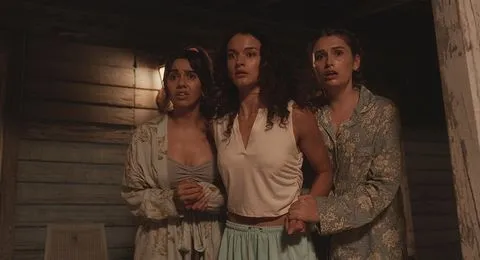
A Still From The Slumber Party Massacre (Photo: The Slumber Party Massacre)
The Slumber Party Massacre’s satisfying conclusion subverts audience expectations, delivering a bleak and devastating ending that leaves the surviving teenagers broken and devastated. The film’s message is clear: women must fight together to take down their male aggressors, and even then, the experience can be traumatic and long-lasting. The film’s conclusion is a powerful commentary on the trauma and brutality inflicted upon women, and the need for female empowerment and solidarity.
The Slumber Party Massacre is a retro horror revival that will satisfy fans of the genre and leave them pondering the themes and imagery long after the credits roll. The film’s blend of suspense, gore, and social commentary makes it a standout in the slasher genre, and its unique elements and themes set it apart from other films of the time. As a satisfying slasher film, The Slumber Party Massacre is a must-see for fans of horror and a testament to the power of women-driven storytelling.

